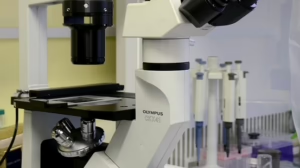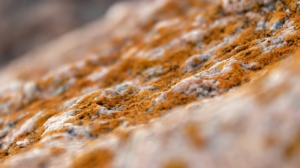Incredible Regeneration: How Certain Animals Heal and Regrow Lost Limbs
The natural world is filled with astonishing phenomena, and one of the most incredible is the ability of certain animals to regenerate lost body parts. From lizards that shed their tails to heal, to axolotls that can regenerate limbs, these creatures offer a glimpse into the mysteries of biological resilience and regeneration. This article explores the remarkable mechanisms behind regeneration in select species, the implications for science and medicine, and the ongoing research into harnessing these powers for human benefit.
The Mechanisms of Regeneration
1. Cellular and Molecular Basis
Regeneration is a complex process involving various cellular processes. When an animal loses a limb, specialized cells called blastemal cells often play a crucial role. These cells are capable of dividing and differentiating into the various types of tissues needed to recreate the lost structure. The process typically involves:
- Dedifferentiation: Before regeneration can occur, existing cells revert to a more primitive state, allowing them to develop into the necessary cell types.
- Proliferation: The cells multiply rapidly to increase their numbers.
- Redifferentiation: Finally, these cells transform back into specialized cells, developing muscle, skin, or cartilage.
2. Genetic Factors
Certain genes play pivotal roles in the regeneration process. For example, research has identified specific genes that orchestrate the regeneration of limbs in salamanders. These genes facilitate the activation of stem cells, enabling them to contribute effectively to tissue regeneration.
Notable Regenerative Animals
1. Axolotls (Ambystoma mexicanum)
Axolotls are perhaps the most famous regenerative animals. Native to Mexico, these aquatic salamanders can regenerate not only limbs but also spinal cords, heart tissues, and even parts of their brain. Their regenerative capabilities are unmatched in the animal kingdom, making them vital model organisms for studying human regenerative medicine.
2. Green Lizards (Lacerta viridis)
Many lizards can shed their tails as a defense mechanism. The lost tail will eventually regrow, although the new version is often structurally different, usually composed of cartilage rather than bone. This regenerative ability allows lizards to escape predators while minimizing harm to their systems.
3. Starfish (Asteroidea)
Starfish can regenerate lost arms and even reproduce a new starfish from just a single arm, provided it contains part of the central disc. This remarkable ability is attributed to regenerative cells and the unique architecture of their body plan, which allows for efficient healing.
4. Planarians (Flatworms)
Planarians have been extensively studied for their regenerative prowess. They can regenerate almost any part of their body, including their head and brain, due to their abundant pluripotent stem cells. These worms serve as excellent models for understanding the mechanisms involved in regeneration and cellular differentiation.
Implications for Science and Medicine
The study of regenerative animals captivates scientists and holds significant promise for human medicine. Understanding how these creatures regrow limbs and tissues could lead to breakthroughs in:
- Wound Healing: Insights from regenerative processes can inform new treatments for chronic wounds.
- Tissue Engineering: Knowledge of regeneration can aid in developing synthetic tissues or organs for transplantation.
- Stem Cell Research: Regenerative capabilities provide valuable models for understanding stem cell behavior and differentiation.
- Genetic Engineering: Potential exists for using genetic tools to induce regeneration in human tissues.
Challenges and Future Directions
Despite advances in understanding animal regeneration, replicating these processes in humans poses numerous challenges. The complexity of human tissue organization, the presence of immune responses, and the ethical implications surrounding genetic modifications present hurdles that scientists are actively navigating.
Recent innovations, such as CRISPR gene editing and advancements in stem cell technology, show promise. Researchers are diligently working to uncover the secrets of regeneration, with the hope that one day, humans may benefit from enhanced healing capabilities.
Conclusion
The remarkable regenerative abilities found in certain animals reveal the incredible potential of nature’s designs. By studying these organisms, scientists gain insights into biological processes that could revolutionize medicine and improve human health outcomes. As we continue to uncover the mysteries behind regeneration, we move closer to a future where healing capabilities may extend beyond current limits, leading to transformative advancements in regenerative medicine. The journey of understanding regeneration not only deepens our appreciation for the natural world but also inspires hope for the possibilities that lie ahead.


























Add Comment